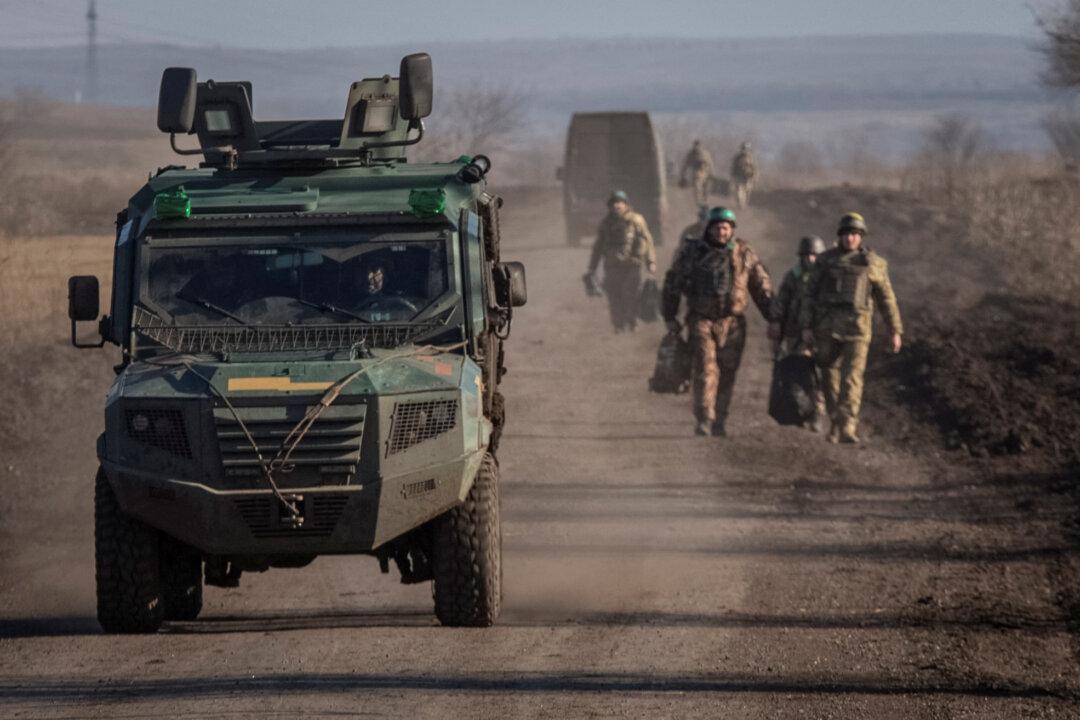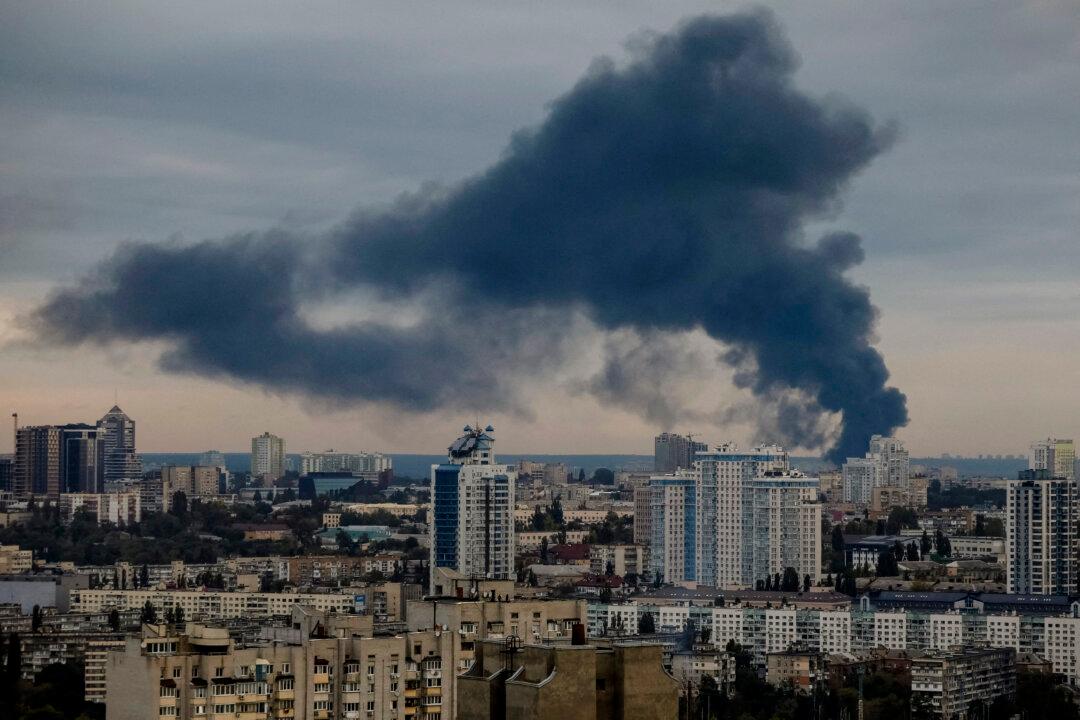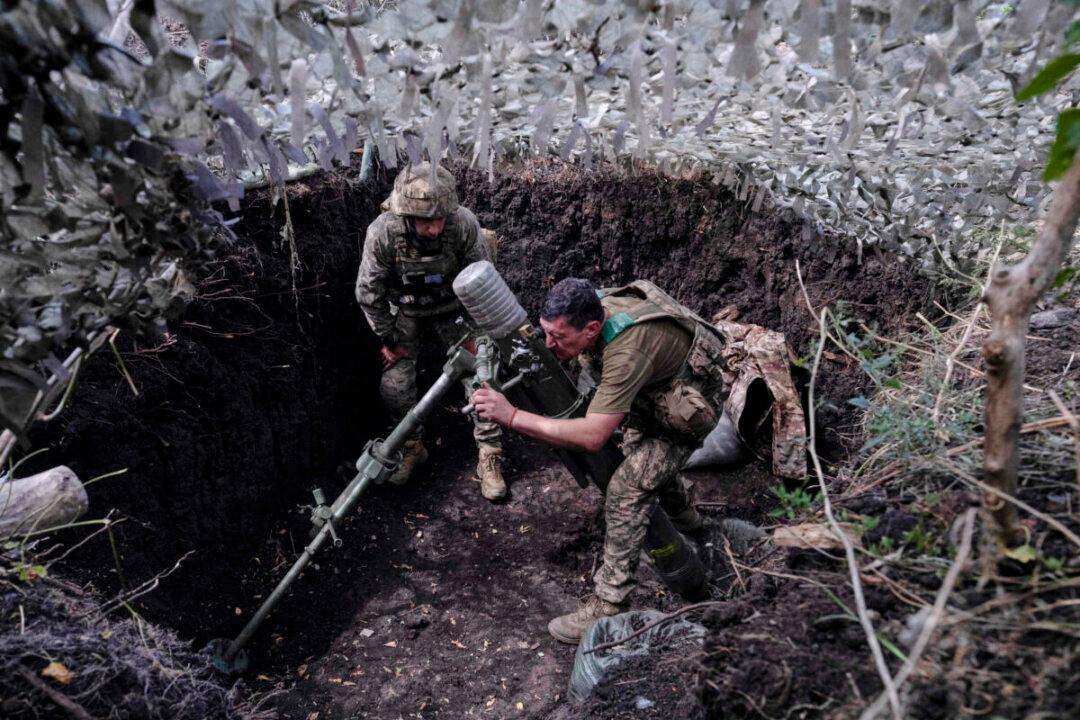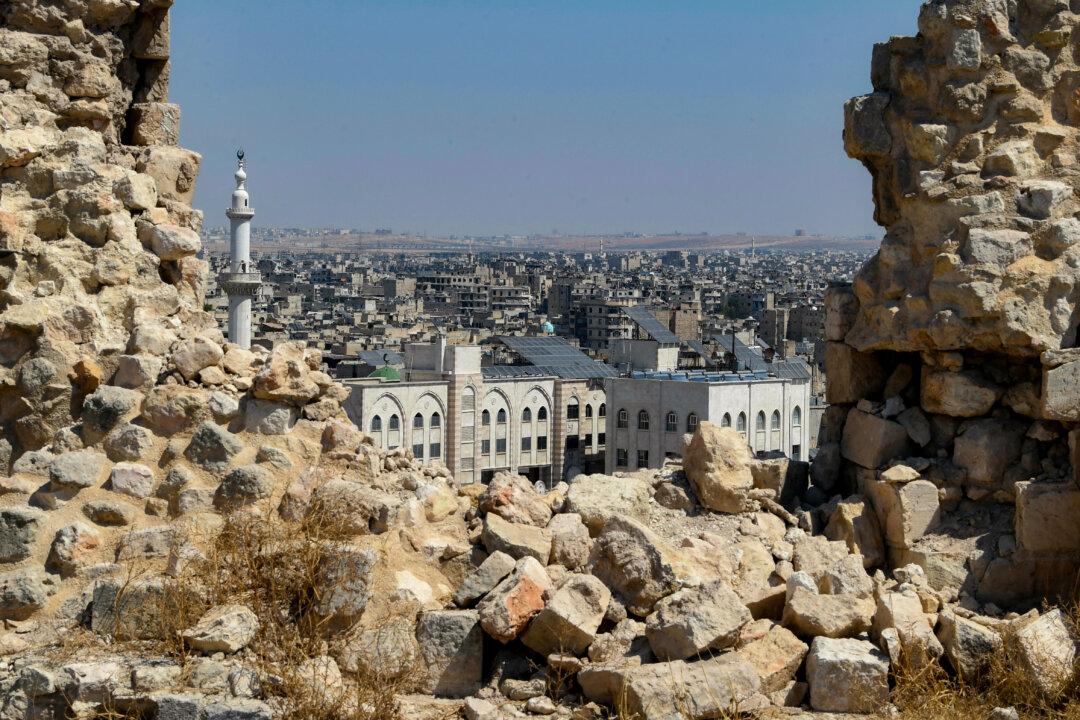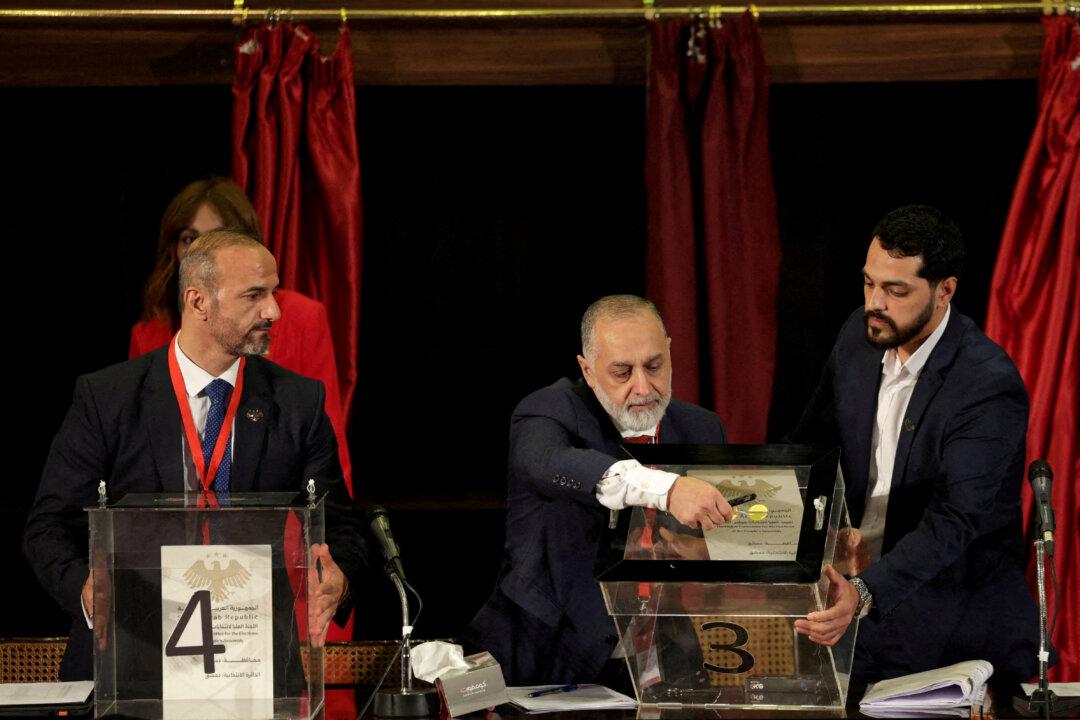As Kyiv celebrates pledges by its Western allies to provide it with tanks, Ukrainian forces are facing a fresh Russian push in the Donetsk region, this time in the town of Vuhledar (Ugledar in Russian).
“Fierce battles are raging on the outskirts of Vuhledar,” Yan Gagin, an adviser to the head of the Moscow-backed Donetsk People’s Republic, said on Jan. 27.
